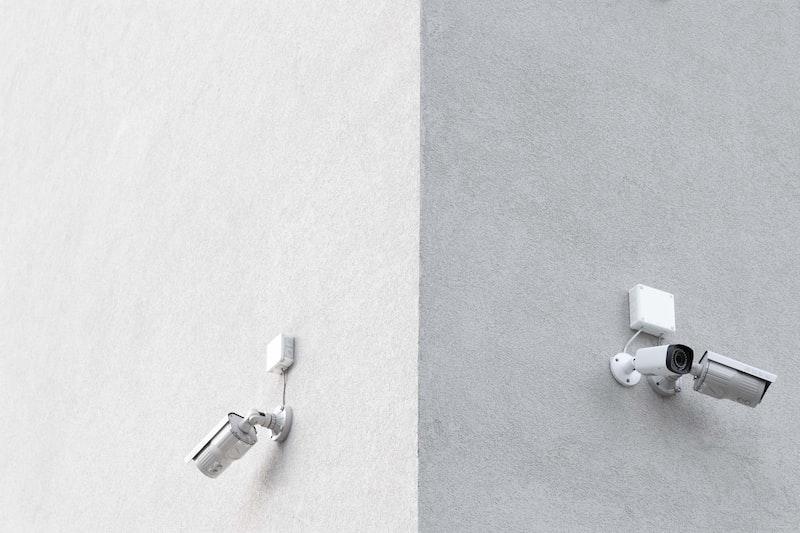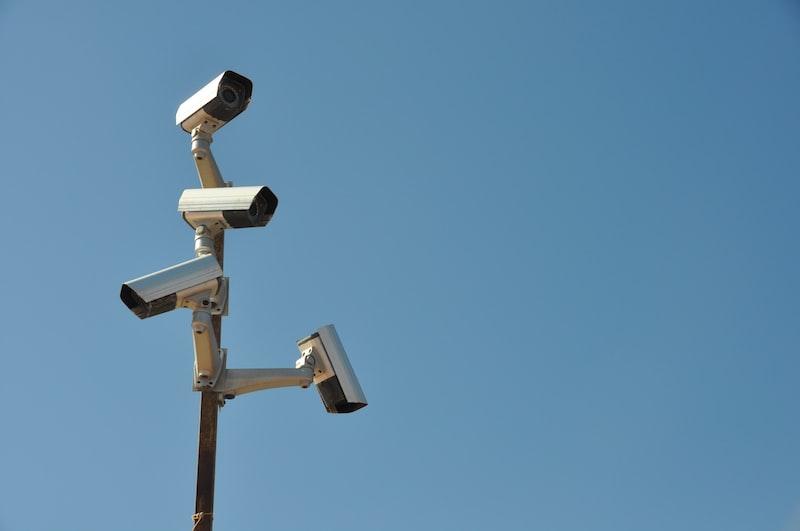What You Need to Know About Perimeter Surveillance Cameras
Wireless surveillance systems have become increasingly popular in recent years. The main reasons for this increased popularity are:
- technological advances in the field of WiFi;
- the significant decrease in prices for these pieces of equipment;
- the convenience and ease of installing such a system.
And as everybody needs more information about the topic, below you will find a recommended guide for those thinking about wireless perimeter surveillance cameras. The article contains the information you must know before purchasing wireless equipment if it can be helpful in all industries or locations.
Why are Wireless Cameras Useful?
Cameras and wireless surveillance systems are helpful in the following people:
- for those who want to avoid unsightly wires and cables posted on the walls.
- those who do not have the physical possibility to run cables to the place where they want to install surveillance cameras.
- those who have to mount surveillance cameras at very long distances, in which case the cost of the necessary cables will be very high.
- for those who want a modern and aesthetic surveillance system.
How Do Wireless Perimeter Surveillance Cameras Work?
Like wired cameras, wireless cameras are of two types: analog (cameras that connect to a DVR) and digital (IP cameras that connect to a local Internet network). Analog wireless cameras no longer exist on the market due to the multiple transmission and security problems they have proven. The signal of the perimeter surveillance cameras could be easily jammed and intercepted. For this reason, the analog wireless solution was unreliable, and modern security standards required the removal of this variant from the market. The safe and efficient solution is that of wireless IP surveillance cameras.
A wireless IP surveillance camera uses communication through wireless network protocols (protocols that are very well coded and digitally secured) to transmit the video and audio signal to a router or access point in the respective location. This communication is done without loss and in a very safe way (as long as you do not disclose WiFi passwords to strangers). A wireless camera works like any other wireless device you have ever met (laptop, mobile phone, tablet), and you can connect to the wireless network by searching for the network available in the location and entering the wireless password.
Advantages of Wireless IP Cameras
- Video signals can be transmitted over a long distance. The wireless signal can travel up to 150 meters in an open field or 30 meters indoors through 2-3 walls.
- You get HD, Full HD, and even UltraHD image quality. Due to the principle of operation, IP cameras offer the best resolution configuration options.
- They are available in both indoor and outdoor versions. This aspect gives you versatility.
- Simultaneous audio and video. Some perimeter surveillance cameras allow audio communication in both directions using a speaker built into the camera.
- You can monitor it from your phone, tablet, and PC.
Disadvantages of Wireless IP Cameras
- The price of a wireless IP camera is higher than the price of a wired IP camera and much higher than the price of an analog wired camera.
- Security can be problematic if the wireless network or the camera needs to be correctly passworded. To avoid unauthorized access, properly password-protect the WiFi network and all the wireless devices you use.
- If the wireless network is inefficient, you will have connection problems, jerks, and delays in image and sound. A quality router with a good processor and a large coverage area is mandatory to avoid such problems.

What Is a Wireless System Composed of?
You can use only wireless surveillance cameras, no storage unit. In this version, the wireless perimeter surveillance cameras are mounted at the points where you need them; they are powered from the nearest power source and are connected to the wireless router of the respective location. They will work like a mobile phone connected to WiFi, only that the phone has a battery, and the surveillance cameras need power from the outlet because they have a higher consumption. Once connected to the wireless network, the cameras transmit the video information to the router, from where the client can access them from the location or remotely.
Since an IP camera can work independently, you do not necessarily need a storage unit, as with analog cameras, to benefit from live view, access from the phone, motion detection, email warning, audio, etc. Everything is available by connecting directly to the camera. To benefit from the storage of recordings, you have several options. You can store it on a laptop or computer using the application offered free of charge by the manufacturer. The computer you install the application must continuously operate if you want to store recordings.
Use the storage option on an SD card you insert into the camera. This option is only valid for perimeter surveillance cameras with an SD card slot. This option is good if you want something other than long-term storage. Otherwise, the information stored on the card can be accessed directly from the phone or computer, so you don't have to remove the card from the camera. You can also store it on a network server. You can use a NAS server or a rented online space to direct the video recordings to that space. The advantage is that you no longer have to invest in other devices.
Wireless Surveillance Cameras and Dedicated Storage Units
You can use a dedicated storage unit called NVR (Network Video Recorder) to keep all the information stored. Using an NVR storage unit is recommended, but will increase the total cost of the project. In the long term, the investment is worth it because storage on other media involves certain lower but constant costs. With an NVR, you have the complete solution from the start for the entire lifetime of the video system. An NVR is a unit relatively similar to a DVR. Inside the NVR, a Hard Disk is mounted for storage.
The NVR connects to the router of the location and receives, through the router, the video and audio information from the perimeter surveillance cameras. The NVR will manage and store on the Hard Disk the information it receives from the cameras. The main advantage of an NVR is the very efficient centralization of the entire video system. You will benefit from fast and efficient access to live images and recordings. You can search by date and time, by movement, and by alarm. You will also have access to multiple helpful functions: zoom-in recordings, advanced event searches, mobile phone alerts in case of movement, etc.

Comentarii
Trimiteți un comentariu